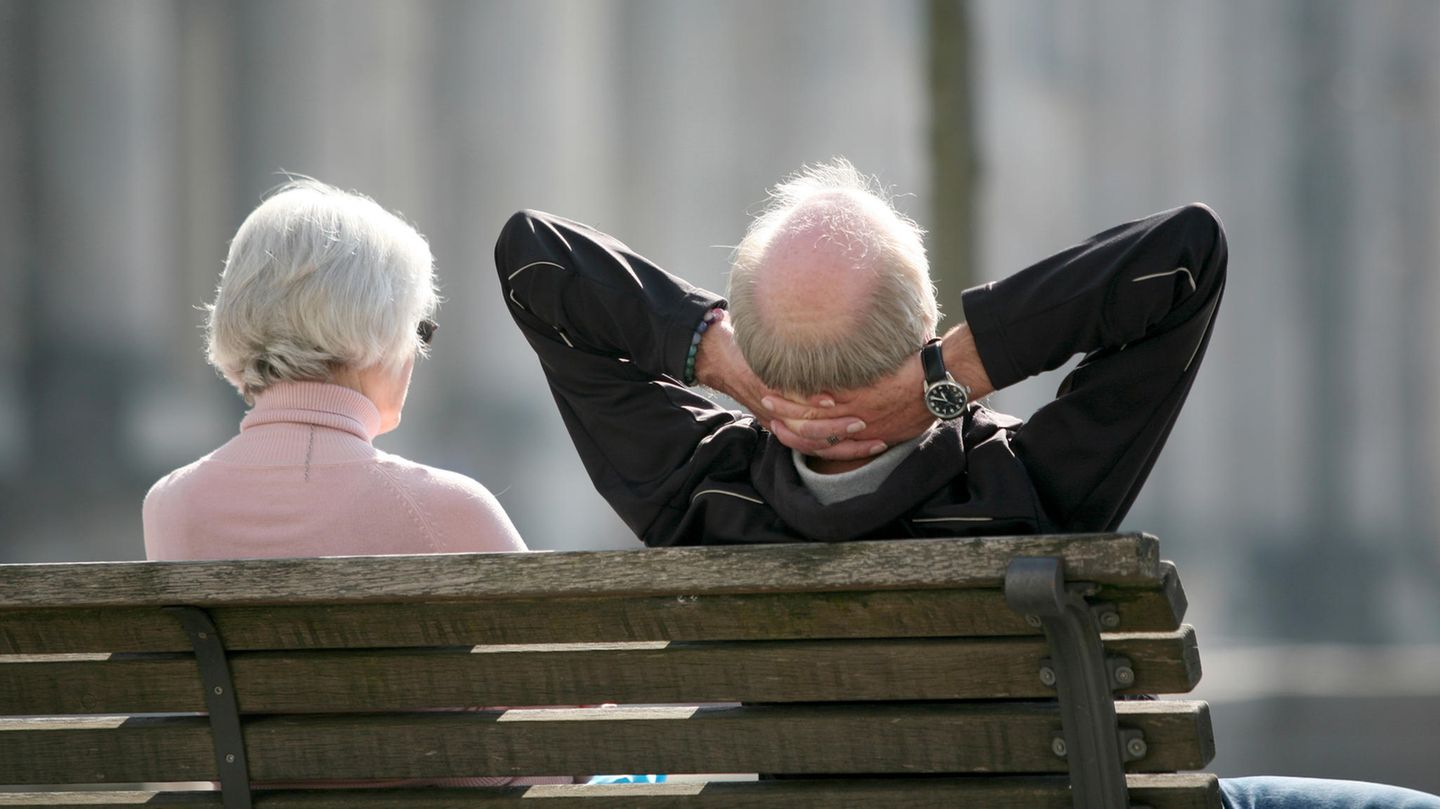Will lean retirement years begin with the zero round in 2021? A look ahead shows: For the time being, salaries will increase again a millionfold. But far-reaching decisions could change the pension system.
For the more than 20 million pensioners in Germany, one thing is pretty certain in the summer of the election campaign in 2021: After the zero round this year, their salaries are expected to rise again noticeably in the coming year. But the rosy outlook is not everyone’s cause for reassurance. “The way it is now, the pension system will not be able to last,” says employer president Rainer Dulger. In the election manifestos of the major parties, the need for reform is partly reflected in far-reaching proposals.
Current outlook for retirees
This year Corona brought the pensioners an increase. In the west there was no increase at all, in east Germany 0.72 percent. The reason was the cyclical slump in premium income in the pension fund. But a trend reversal is imminent – with significantly rising pensions in July 2022. According to the pension insurance report, there could then be 4.8 percent more in the old states, 3.15 percent in 2023 – in eastern Germany even 5.56 and then 3.88 percent.
Basic pension is reaching more and more people
Hundreds of thousands of retirees are likely to see a little more in the coming year – namely when they receive the basic pension for the first time, retrospectively from the beginning of 2021. Because that was when the premium for long-term low-wage earners officially started. However, setting up the data systems took so long that the first beneficiaries did not receive basic pension notices until July. It will take until the end of 2022 for the estimated 1.3 million people who are entitled to the supplement to be sifted out of the 26 million pension accounts.
Problems of the coming years
The all in all good retirement years are likely to pass. “When the cohorts who were born in the 1960s retire, the relationship between beneficiaries and payers becomes increasingly unfavorable,” warns Dulger. Tax funds already cover around 30 percent of pension expenditure – the federal government spends more than a quarter of its budget on it. Should the federal government make more and more contributions to pay-as-you-go pensions? Or should contributions even increase or benefits decrease? A government-appointed pension commission should provide an answer last year. In her case, however, the opinions clashed so irreconcilably that some commentators spoke of a failure.
Debate about higher retirement age
For Dulger, the matter is clear: “We cannot avoid a discussion about an increasing retirement age,” says the employer’s president. But when should the work end? According to the current legal situation, the age limit for the pension without deductions will be gradually increased from 65 to 67 years until 2029. The Scientific Advisory Board at the Federal Ministry of Economics suggested in June that with increasing life expectancy, additional years should be divided into working years and pension payments. If it is linked to life expectancy, retirement age would be 68 in 2042, according to the advisory board. But such advances are met with vehement rejection from trade unions, for example. The retirement age – so they say – will have to be decided politically in the future, longer work would mean a pension cut through the back door, and many would not be able to work that long for health reasons.
Working longer
The demand for later retirement is so unpopular that the Union, for example, only announces in its election manifesto: “We want to help people to reach the actual standard retirement age.” In fact, many do not stop at 67 today. Last year, 1.04 million employees were 67 years or older. Almost 600,000 had a regular job by the age of 70. Almost 220,000 were even at least 75 years old – and 72,000 employees were at least 80 years old. 800,000 mini-jobbers are among the people in employment aged 67 and over. You do not have to take out social security and you do not have to pay taxes on the additional income. On the one hand, people of retirement age do not necessarily feel ready for retirement. According to experts, women in particular are often dependent on additional earnings in addition to retirement. The statistics show that a particularly large number of those affected work in an office, as a cleaner or as a driver.
Ideas of the parties for a pension reform
The parties come up with great proposals on how retirement provision can be secured over the long term. An important point: additional provision in addition to the statutory pension. The CDU / CSU propose a standard pension product for private old-age provision that all employees take out automatically unless they actively decide against it. The SPD also wants a voluntary standard offer – instead of the Riester pension contracts. Above all, however, the Social Democrats – like the Greens and the Left in principle – want to make statutory pension insurance a provision for old age for everyone. The self-employed, civil servants and elected officials should also be included in the pension insurance. The Greens and the left also pursued ideas of pension guarantees for low-wage earners. The FDP relies on pensions based on the modular system: Statutory, company and private pension schemes should be able to be combined more flexibly. The Liberals want some of the contributions from employees and employers to flow into a share savings model.
David William is a talented author who has made a name for himself in the world of writing. He is a professional author who writes on a wide range of topics, from general interest to opinion news. David is currently working as a writer at 24 hours worlds where he brings his unique perspective and in-depth research to his articles, making them both informative and engaging.




